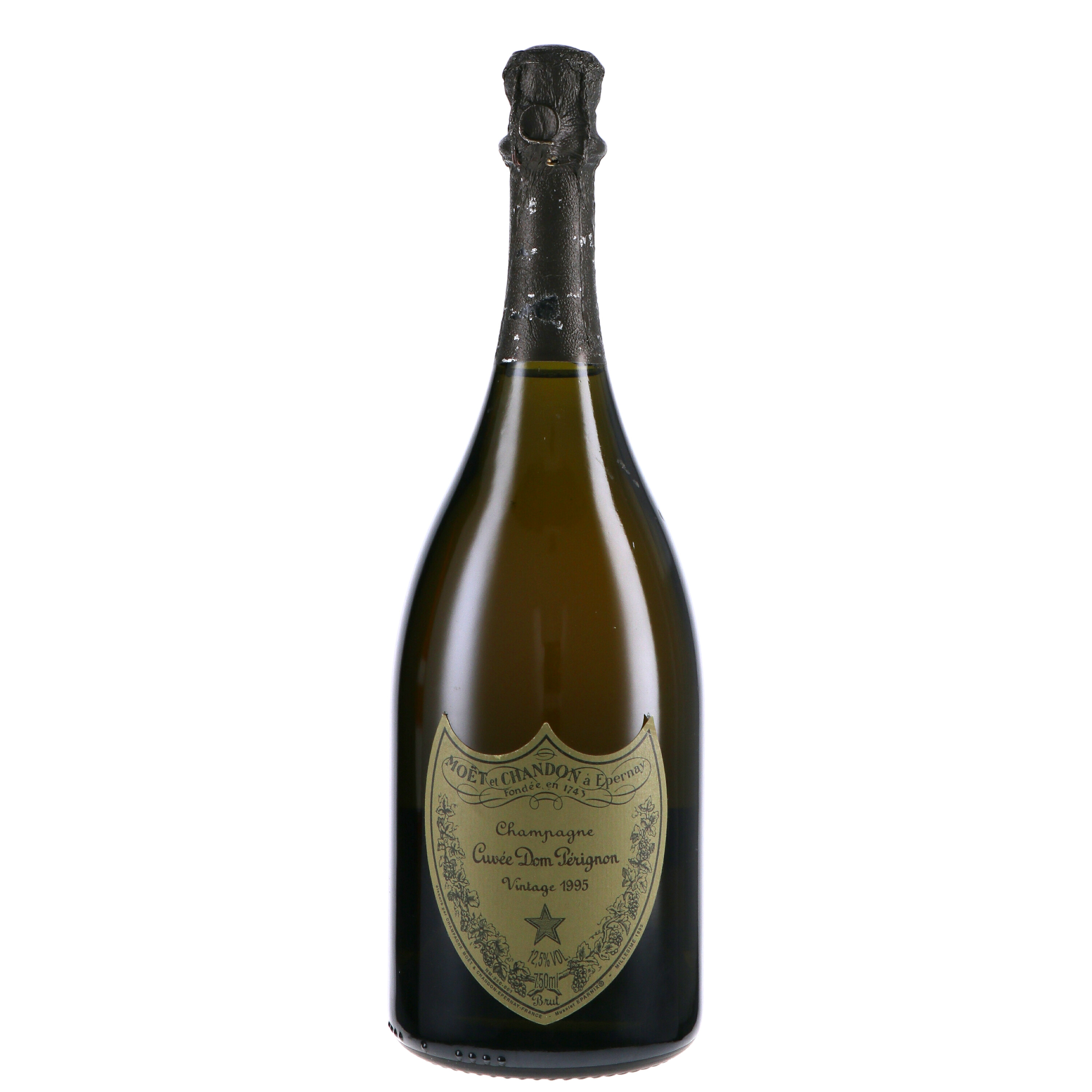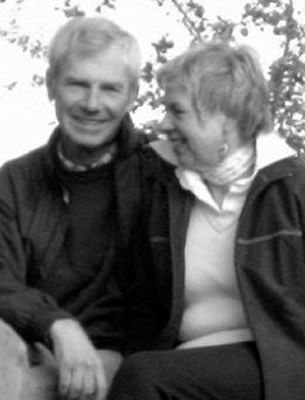

But behind those millions of fine bubbles is a darker past-a past plagued by war and devastation. “It is the wine.” Producing the quintessential drink to celebrate everything from wedding vows to winning the World Series, the region of Champagne, with its chalky soil and cold climate has taken on mythical proportions as a place synonymous with happiness and joy. It was not uncommon at this time for surnames to be nicknames characterizing and differentiating people.“Champagne is not a wine,” wrote one reviewer from the nineteenth century. The word comes from old French moe, that is to say "mouth", then by extension "pout". In the fourteenth century the family was called Le Clerc, and was nicknamed "LeMoët or Mouet" because of a pout that the first of the three échevins "was in the habit of doing". From 1351, we find in Reims the trace of three échevins succeeding one another from father to son: Colart, then Pierrat and finally Jean Le Clerc, known as Moët (Joannes, dictus Le Clerc alias Moët) (register of the deliberations of the Reims metropolitan chapter, 1402). This story is far-fetched, although indeed Moët originates from a nickname.

As a reward for his service, the king changed his name to Moët. Following his death, the champagne house went to the control of his grandson Jean-Rémy Moët.įor the American journalists Don and Petie Kladstrup, the Moët family can trace its origins to a Dutch soldier named LeClerc who fought alongside Joan of Arc in fending off English attempts at preventing the crowning of Charles VII. One of his most loyal customers was Madame de Pompadour.

During the 1730s, he networked extensively within the royal circles of Versailles and soon became one of few merchants accredited to serve the royal court. Moët was the first winemaker in Champagne to exclusively produce sparkling wine.Īn expert salesman, Moët advocated the importance of personal contact with customers.

French winemaker and wine merchant (1683–1760)Ĭlaude Moët (1683–1760) was a Dutch vintner and wine merchant who founded the Champagne house that later became Moët et Chandon.


 0 kommentar(er)
0 kommentar(er)
